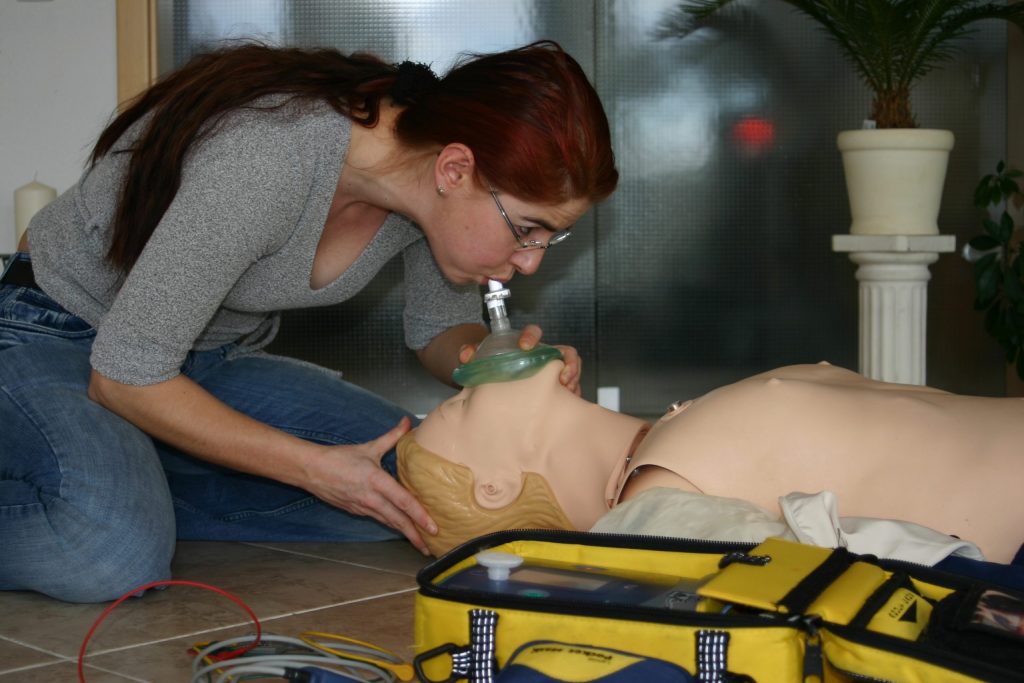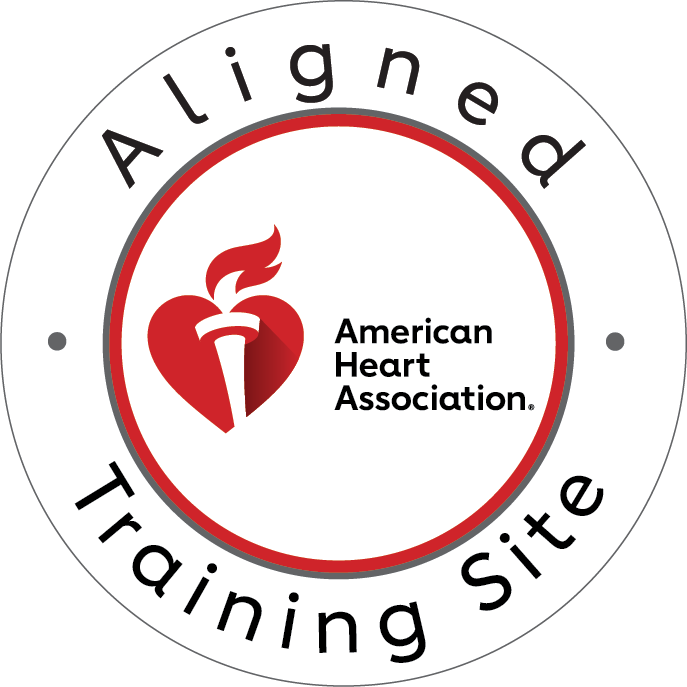When performing cardiopulmonary resuscitation (CPR), providing the right amount of ventilation is critical for patient outcomes. While we often focus on high-quality chest compressions, the ventilation component deserves equal attention. Excessive ventilation during CPR can lead to serious complications and potentially worsen patient outcomes. Understanding the proper techniques and avoiding common mistakes can make the difference between life and death.
The Science Behind Proper Ventilation During Resuscitation
Cardiopulmonary resuscitation aims to maintain minimal blood flow and oxygen delivery to vital organs during cardiac arrest. The delicate balance between chest compressions and ventilation creates artificial circulation when the heart cannot pump effectively on its own. However, this balance can be easily disrupted by improper ventilation techniques.
Finding the Right Rhythm: Optimal Ventilation Rates
How many breaths per minute should you provide during adult CPR? According to current American Heart Association guidelines, rescuers should deliver 10 breaths per minute during adult CPR with an advanced airway in place. This translates to one breath every 6 seconds. For basic CPR without an advanced airway, the recommendation is to deliver 2 breaths after every 30 compressions, which effectively results in about 5-6 breaths per minute.
Many rescuers, especially those with less experience or in high-stress situations, tend to ventilate at rates far exceeding these recommendations. Studies have documented ventilation rates as high as 30 breaths per minute during actual resuscitations – approximately three times the recommended rate.
When Helping Becomes Harmful: Abdominal Thrusts vs. Proper Ventilation
While abdominal thrusts are vital for clearing airway obstructions, they should not be confused with proper ventilation techniques during CPR. The distinction is crucial, as excessive force during ventilation can lead to complications similar to improperly performed abdominal thrusts.
The Dangers of Excessive Ventilation
What’s the effect of excessive ventilation? Excessive ventilation during CPR has several detrimental physiological effects:
- Increased intrathoracic pressure – Providing too many breaths or too much volume per breath increases the pressure within the chest cavity.
- Impaired venous return – Higher intrathoracic pressure reduces blood flow back to the heart, compromising cardiac output.
- Reduced coronary perfusion – The heart muscle itself receives less blood flow, potentially worsening cardiac function.
- Gastric inflation and aspiration risk – Excess air can enter the stomach, increasing the risk of vomiting and aspiration.
- Barotrauma – Excessive pressure can damage lung tissue, causing complications like pneumothorax.
The Volume Question: How Much Air Is Too Much?
What happens if you give too much air during CPR? Delivering excessive tidal volumes during CPR ventilation can be just as harmful as breathing too frequently. During CPR, each ventilation should deliver approximately 500-600 mL of air (about 6-7 mL per kg of ideal body weight). This volume is sufficient to cause visible chest rise without overdistending the lungs.
When rescuers deliver excessive volumes, typically by ventilating too forcefully or for too long, several complications can occur:
- Gastric distension – Air enters the stomach, increasing abdominal pressure and limiting diaphragmatic movement.
- Increased risk of regurgitation – As the stomach fills with air, the risk of stomach contents being forced back up the esophagus increases.
- Lung barotrauma – Excessive pressure can damage alveoli and airways, potentially causing pneumothorax or other lung injuries.
- Impaired hemodynamics – Higher intrathoracic pressures from large tidal volumes directly impede blood return to the heart.
Abdominal Thrusts and Airway Management: Finding the Right Approach
When managing a patient’s airway during CPR, the techniques used must be precise and appropriate. While abdominal thrusts serve their purpose for clearing foreign-body airway obstructions, they have no role in routine CPR ventilation.
The Physiological Impact of Excessive Ventilation
Why may excessive ventilation during CPR be harmful? The harmful effects of excessive ventilation during CPR stem from complex physiological interactions between the respiratory and cardiovascular systems. During cardiac arrest, blood flow is already severely compromised. The artificial circulation generated by chest compressions produces only about 25-30% of normal cardiac output under optimal conditions.
When excessive ventilation is introduced, it creates additional impediments to this already compromised circulation:
- Increased intrathoracic pressure interferes with venous return and reduces preload, the volume of blood returning to the heart that stretches the ventricles before contraction.
- Decreased coronary perfusion pressure results from increased intrathoracic pressure and reduced venous return. Coronary perfusion pressure—the difference between aortic diastolic pressure and right atrial pressure—is a critical determinant of blood flow to the heart muscle itself.
- Cerebral blood flow reduction occurs as excessive ventilation decreases cardiac output and increases intracranial pressure, potentially worsening neurological outcomes.
- Hyperventilation reduces carbon dioxide levels, leading to cerebral vasoconstriction and further reducing brain perfusion at a time when the brain is already suffering from oxygen deprivation.
The Cardiac Connection: Ventilation and Heart Function During CPR
Why does excessive ventilation cause decreased cardiac output? The relationship between ventilation and cardiac output during CPR is intimately connected through intrathoracic pressure dynamics. Here’s how excessive ventilation diminishes cardiac output:
- Increased intrathoracic pressure directly compresses the heart and great vessels, reducing the pressure gradient that drives venous return.
- Reduced venous return leads to decreased right ventricular filling (preload), which subsequently reduces left ventricular filling and stroke volume.
- Impaired coronary perfusion occurs when diastolic pressure in the aorta falls while right atrial pressure rises, reducing the coronary perfusion pressure gradient.
- Mechanical interference with chest compressions can occur when rescuers pause compressions for too long to deliver ventilations or when positive pressure ventilation works against the artificial circulation generated by compressions.
Animal studies have demonstrated that high-frequency ventilation (30 breaths per minute) during CPR can decrease coronary perfusion pressure by up to 50% compared to recommended ventilation rates, highlighting the critical importance of avoiding excessive ventilation.
Striking the Right Balance: The Correct CPR Ratio
What is the ratio for CPR for adults? For adult CPR performed by healthcare providers, the American Heart Association recommends a compression-to-ventilation ratio of 30:2. This means 30 chest compressions followed by 2 ventilations when no advanced airway is in place.
Once an advanced airway (endotracheal tube, supraglottic device) is positioned, the rhythm changes to continuous compressions without pausing, with separate ventilations delivered at a rate of 1 breath every 6 seconds (10 breaths per minute).
For lay rescuers performing hands-only CPR, the focus is entirely on chest compressions without ventilations, as studies have shown this approach can be as effective as conventional CPR for the first few minutes of sudden cardiac arrest in adults.
Abdominal Thrusts in Special Circumstances
Understanding when abdominal thrusts are appropriate and when they’re not is crucial for effective resuscitation. While they’re valuable for clearing airway obstructions, they should never be confused with or incorporated into standard CPR ventilation techniques.
Professional Training Makes the Difference
The ability to provide appropriate ventilation during CPR comes with proper training and regular practice. Healthcare providers and emergency responders must receive comprehensive education on the potential dangers of excessive ventilation and techniques to avoid it.
Evidence-Based Approaches to Optimal Ventilation
Research consistently demonstrates that controlled, measured ventilation during CPR improves outcomes. A landmark study published in Circulation found that excessive ventilation rates during CPR were common and associated with decreased survival rates.
Monitoring ventilation rate and volume during resuscitation attempts can help providers maintain appropriate parameters:
- Use of timing devices – Simple metronomes or more advanced monitoring equipment can help maintain proper ventilation rates.
- Bag-valve-mask technique – Using proper technique with two hands on the mask and a gentle squeeze of the bag can help limit excessive volume.
- Advanced airway management – When appropriate, placing an advanced airway can help control ventilation more precisely.
- Team leadership and communication – Clear direction from team leaders about ventilation parameters can prevent excessive rates.
Implementing Best Practices in Emergency Situations
In the stress of a cardiac arrest situation, maintaining appropriate ventilation can be challenging. Here are strategies to help emergency responders avoid excessive ventilation:
- Deliberate practice with realistic simulation scenarios helps providers develop muscle memory for proper ventilation technique.
- Cognitive aids such as timing lights or verbal prompts can help maintain appropriate ventilation rates.
- Team-based training focusing on communication and role clarity improves overall resuscitation quality.
- Debriefing after resuscitation events allows teams to review performance data and identify opportunities for improvement.
Tailoring Ventilation to Patient Needs
While standard guidelines provide a framework, ventilation during CPR should be tailored to patient-specific factors when possible:
- Etiology of arrest – Cardiac arrests due to respiratory causes may benefit from slightly higher ventilation rates than arrests of primary cardiac origin.
- Patient age and size – Pediatric patients have different ventilation requirements than adults.
- Underlying lung disease – Patients with COPD or asthma may have different compliance and resistance characteristics affecting optimal ventilation.
- Duration of arrest – Metabolic demands may change over time during prolonged resuscitation efforts.
Conclusion: The Life-Saving Balance
Providing effective CPR requires a careful balance between high-quality chest compressions and appropriate ventilation. Excessive ventilation can transform a life-saving intervention into one that potentially compromises outcomes. By understanding the physiological principles behind proper ventilation and adhering to evidence-based guidelines, rescuers can optimize their resuscitation efforts.
The next time you find yourself in a situation requiring CPR, remember that more is not always better when it comes to ventilation. Controlled, measured breaths at the recommended rate and volume will provide the best chance of a positive outcome for the patient.
Get Properly Certified Today
Knowing how to perform CPR correctly, including proper ventilation techniques, requires professional training and certification. If you’re in the Tampa area and want to ensure you have the skills to save lives effectively, look no further than CPR Tampa for your BLS certification Tampa needs.
CPR Tampa is an American Heart Association training site that offers initial certifications and renewal in BLS for Healthcare Providers, ACLS, PALS, and CPR and First Aid courses. All classes are stress-free and hands-on, making us the best CPR in Tampa.
Don’t wait until an emergency happens to get certified. Contact CPR Tampa today for CPR certification Tampa that will give you the confidence and competence to respond appropriately in life-threatening situations.





